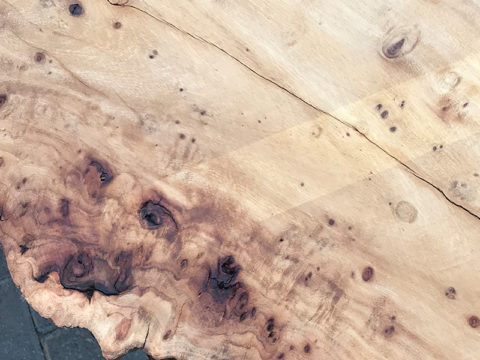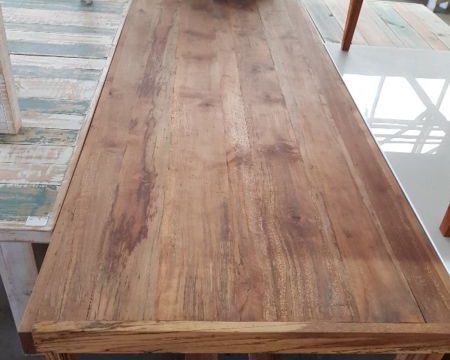CAPE BEECH | Boekenhout | Rapanea Melanophloeos
The Tree
The Cape Beech is widely distributed throughout southern Africa from the Western Cape to Zambia, and the east coast to the tropics. It is found along the damp areas of mountain and coastal forests or swamps and bush clumps. The Cape beech does well in coastal areas where winds are strong; it is fairl
This is an evergreen tree, growing from 4 to 18 m high. The mature leaves are leathery and dull, dark green, paler below. They are simple, oblong-lanceolate, about 100 mm long, have reddish leaf stalks are and clustered mainly at the end of the branches. When young, leaves are pale green and maroon.
An evergreen tree, growing from 4 to 18 m high
The wood has a beautiful irregular pattern of dark flecks and bands to produce a characteristic silver grain figure when quarter sawn
The wood is hard and suitable for domestic flooring, furniture, cabinetry, joinery, interior trimming, decorative veneer, decorative boxes, musical instruments, carving and turnery
The Wood
The wood is hard and moderately heavy with an attractive grain. It is almost white when freshly sawn, but darkens with exposure. The heartwood is pinkish- to reddish-brown and the white sapwood is straw-coloured and not well-defined. The texture of the wood is coarse and even and the grain is straight. It has a beautiful irregular pattern of dark flecks and bands to produce a characteristic silver grain figure when quarter sawn.

Workability
It saws easily, planes and turns well and is easy to glue. Once polished, its silky glassy grain is enhanced. It takes all finishes and peels easily for decorative veneer. Spalted Cape Beech is very attractive and sought after by wood users.

Uses
The wood is hard and suitable for domestic flooring, furniture, cabinetry, joinery, interior trimming, decorative veneer, decorative boxes, musical instruments (particularly in the making of violins), carving and turnery.
